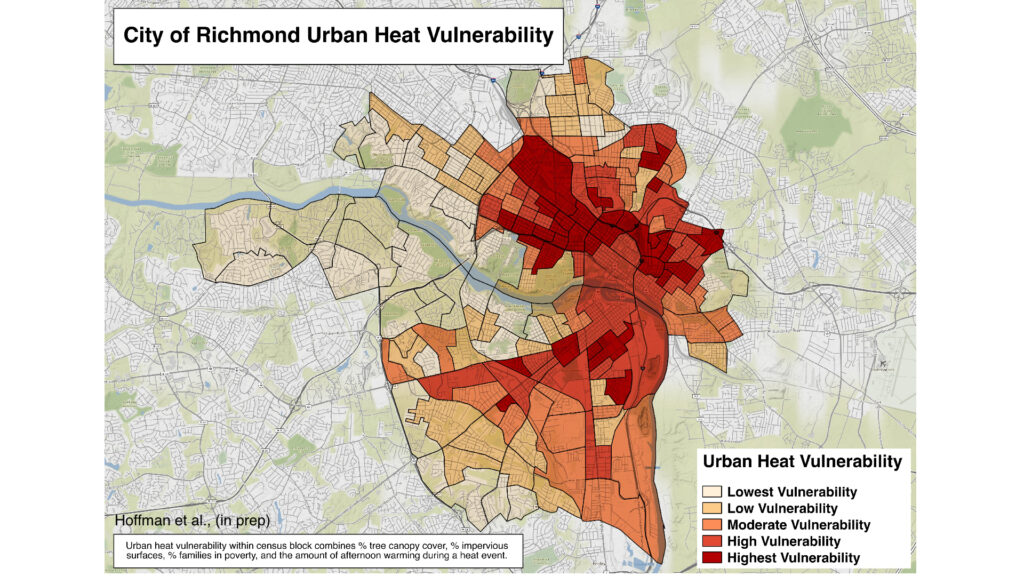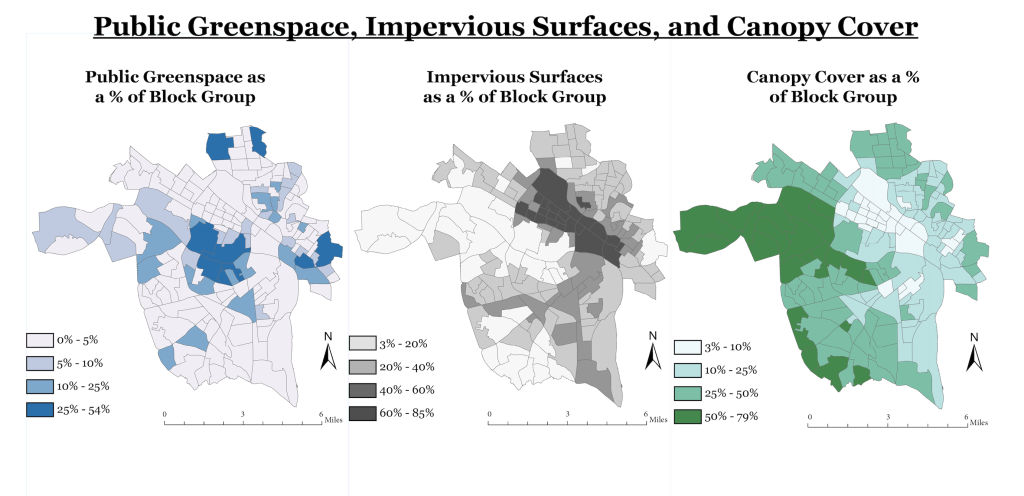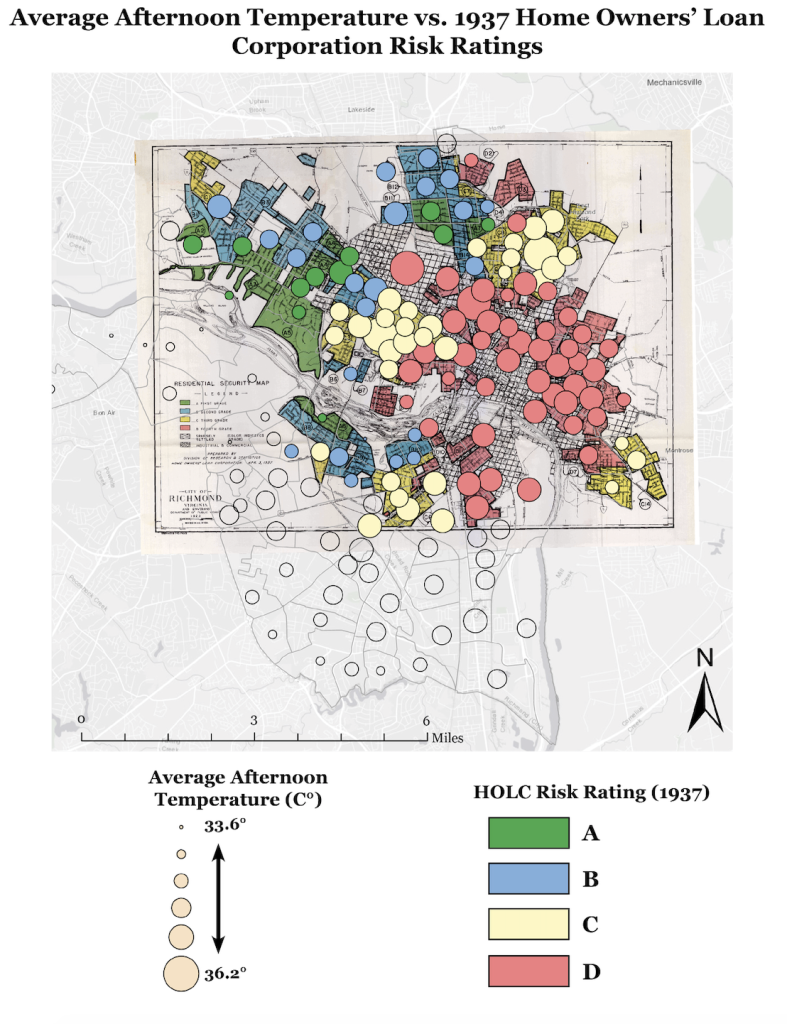Feb 09, 2021
Secure Futures Employee Andre Eanes helps Bring Relief to Urban Heat Islands

At Secure Futures, making solar power affordable to schools, hospitals and companies is our business. And as a certified B Corp dedicated to both the environment and social equity, we are pleased to encourage our employees’ efforts to contribute to the greater good according to their interests.

That’s why we were so pleased to support our Project Coordinator Andre Eanes on a collaborative research project with the University of Richmond and the Science Museum of Virginia on a topic combining citizen science and environmental justice. As part of a team examining the urban heat island effect in the city of Richmond, Virginia, Andre helped explore how Black and minority communities experience more extreme temperatures and heat-related illnesses compared to their white neighbors in other areas of the city.
The urban heat island effect is a direct product of intensive development practices in cities and the decreasing presence of green spaces.
Cities across the United States suffer from heating concentrated in certain areas, often neighborhoods with a large proportion of Black residents. A long article in the New York Times in August 2020, “How Decades of Racist Housing Policy Left Neighborhoods Sweltering,” brought national attention to research in Richmond as an example for other cities:
In the 1930s, federal officials redlined these neighborhoods in Richmond, Va., marking them as risky investments because residents were Black. Today, they are some of the hottest parts of town in the summer, with few trees and an abundance of heat-trapping pavement. White neighborhoods that weren’t redlined tend to be much cooler today — a pattern that repeats nationwide.

Though illegal today, in the past, for decades practices of neighborhood redlining by mortgage lenders prevented Richmonders from Black and minority groups from buying homes in predominantly white areas. That in turn reduced access to government resources to improving surrounding infrastructure. Without these funds, residents were unable to benefit from local government help in developing parks and other green spaces, planting trees, or even investing in local schools.
Research by Andre and his collaborators has connected living in hotter, more polluted neighborhoods with potentially worse health outcomes, such as heat stroke, asthma, and poorer mental health. You can read Andre’s full published article here.
Secure Futures’ educational program Throwing Solar Shade® piggybacks off of the research that Andre’s collaborator in this research, Lead Scientist Jeremy Hoffman, has initiated at the Science Museum of Virginia. With our hand-on curriculum implemented in both rural and urban high schools, students were able to take this research one step further. Students devised low-cost, practical solutions to countering the urban heat island effect, ranging from painting over dark surfaces in parking lots to increasing shade.
Tackling climate change through clean energy while helping cities like Richmond solve extreme heat at the root are crucial to a healthy and prosperous future with equity for all people regardless of their race or where they live. We are proud that our employees are not only invested in sustainability practices through their careers in the solar industry, but are also helping to reduce climate and environmental inequity in their own lives.